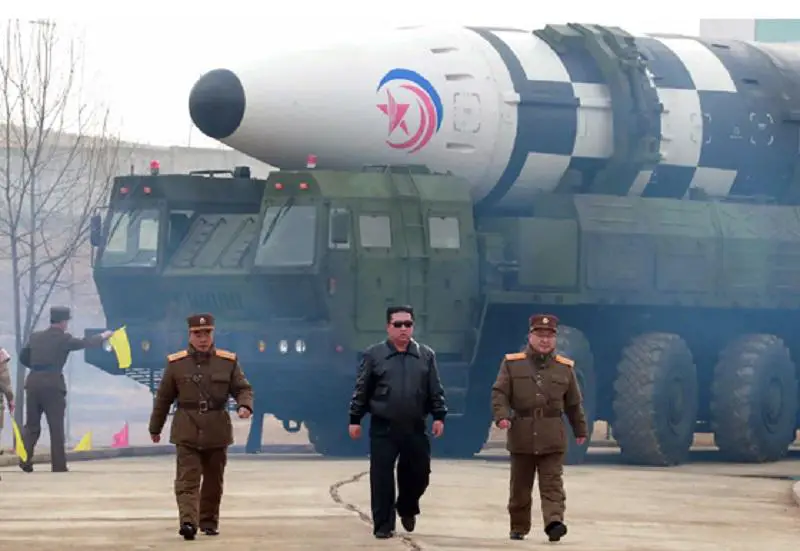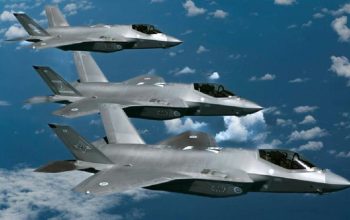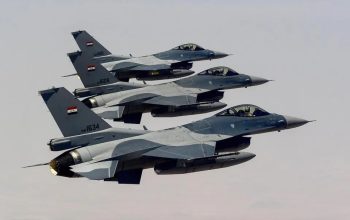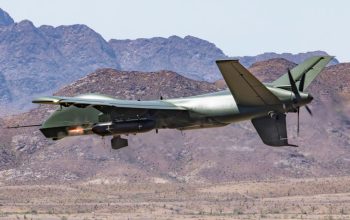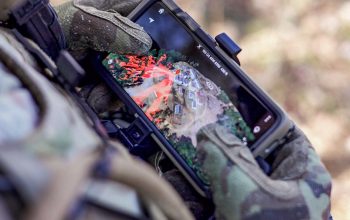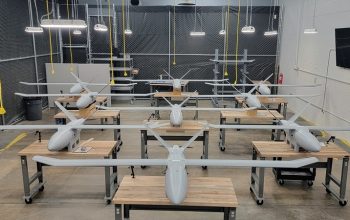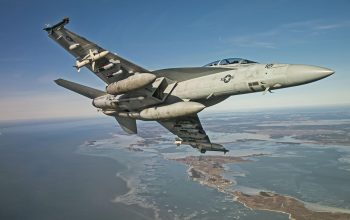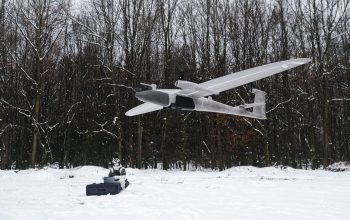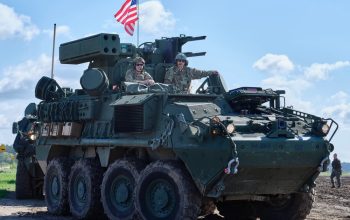North Korean leader Kim Jong Un guided the successful test-launch of a new “powerful tool for nuclear attack” called the “Hwasong-17” intercontinental ballistic missile (ICBM) on Thursday as part of efforts to “contain” the U.S.. North Korean claimed it carried out the test to “ensure the scientific and technical reliability of the Hwasong-17’s prompt operation under the wartime condition,” as neighboring countries and the U.S. condemn the launch as a major provocation. It is possible the launches were done to test both satellite components and the ICBM, but only the former was admitted to limit potential international criticism. The possibility that these were launches of the post-boost vehicle for the second stage of the Hwasong-17.
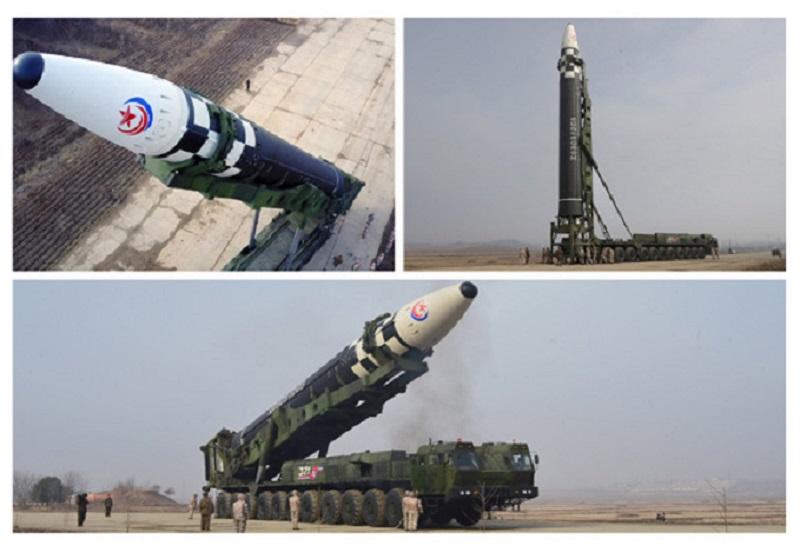
North Korea report on Friday, saying it flew for 67 minutes, reached an altitude of 3,882.3 miles (6,248.5 km) and landed 677 miles (1,090 km) from its launch location at the Pyongyang International AirportJapan’s defense ministry said the flight time was around 71 minutes, and that the missile splashed down 93 miles (150 km) west off the coast of Toshima Peninsula in Hokkaido, within Japan’s Exclusive Economic Zone (EEZ). South Korea’s Joint Chiefs of Staff (JCS) on Thursday said the missile flew 671 miles (1,080 km) and reached an altitude of 3,853 miles (6,200 km). North Korea publicly claimed the launches were intended to test components of a reconnaissance satellite at operational altitudes without disclosing they had been lofted by the new ICBM.
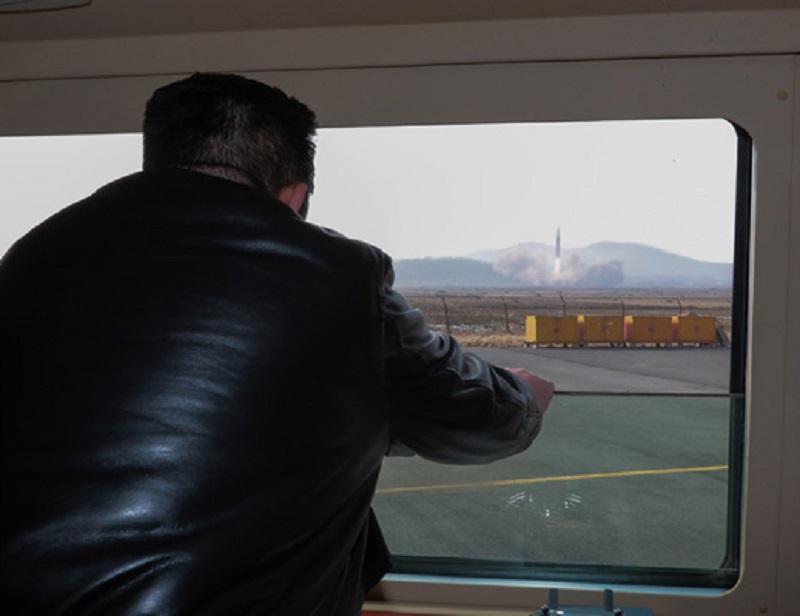
The Hwasong-17 is assumed to be a two-stage, liquid fuelled road-mobile ICBM carried by a 22-wheeled transporter erector launcher (TEL) vehicle. The missile itself is judged from images to be 26 m long with a diameter of 2.7 m. The exact capabilities of the missile are as yet unconfirmed, though speculation by experts has fueled questions as to whether it could reach cities within the United States and potentially evade U.S. missile defenses too. It also might have the capability of carrying multiple re-entry vehicles (MRVs), which would be a less expensive way to launch multiple warheads than deploying many ICBMs with single warhead payloads. The country being able to produce their own launchers lifts that constraint and enables them to have the capacity to fire greater numbers of missiles.
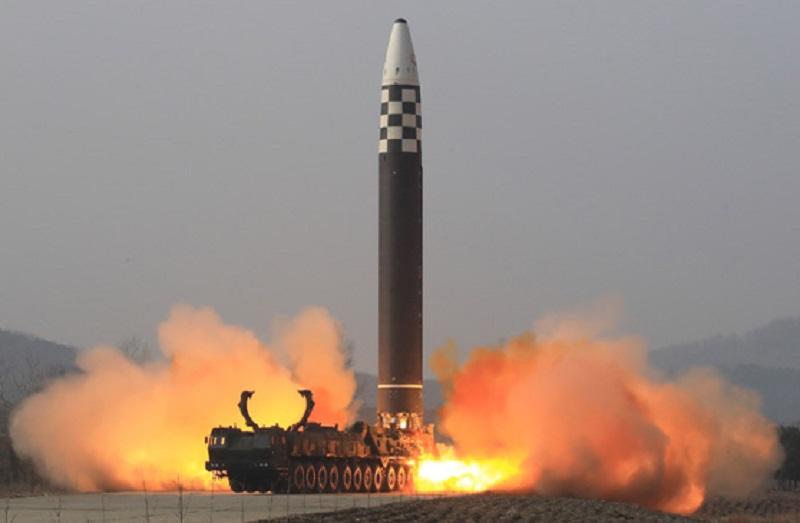
The size and configuration of the 11-axle TEL indicates North Korea has developed a domestic capacity to manufacture such vehicles, a matter of concern to observers as attempting to block procurement of foreign-built TELs was one limitation on the nation’s ICBM force. ince the Hwasong-15 was already capable of striking most of the contiguous United States, the development of an even larger missile suggests North Korea is pursuing MRV, or even MIRV, payloads. As of 2020, the Ground-Based Midcourse Defense system comprises 44 interceptors, requiring the launch of at least four to guarantee a hit, enabling it to protect against a maximum of 11 warheads. The Hwasong-17 may contain three or four warheads, or potentially a mix of decoys and real warheads, so the launch of just a few missiles would be enough to overwhelm U.S. defenses. Despite posing such a threat, the missile is greatly limited by its sheer size.


